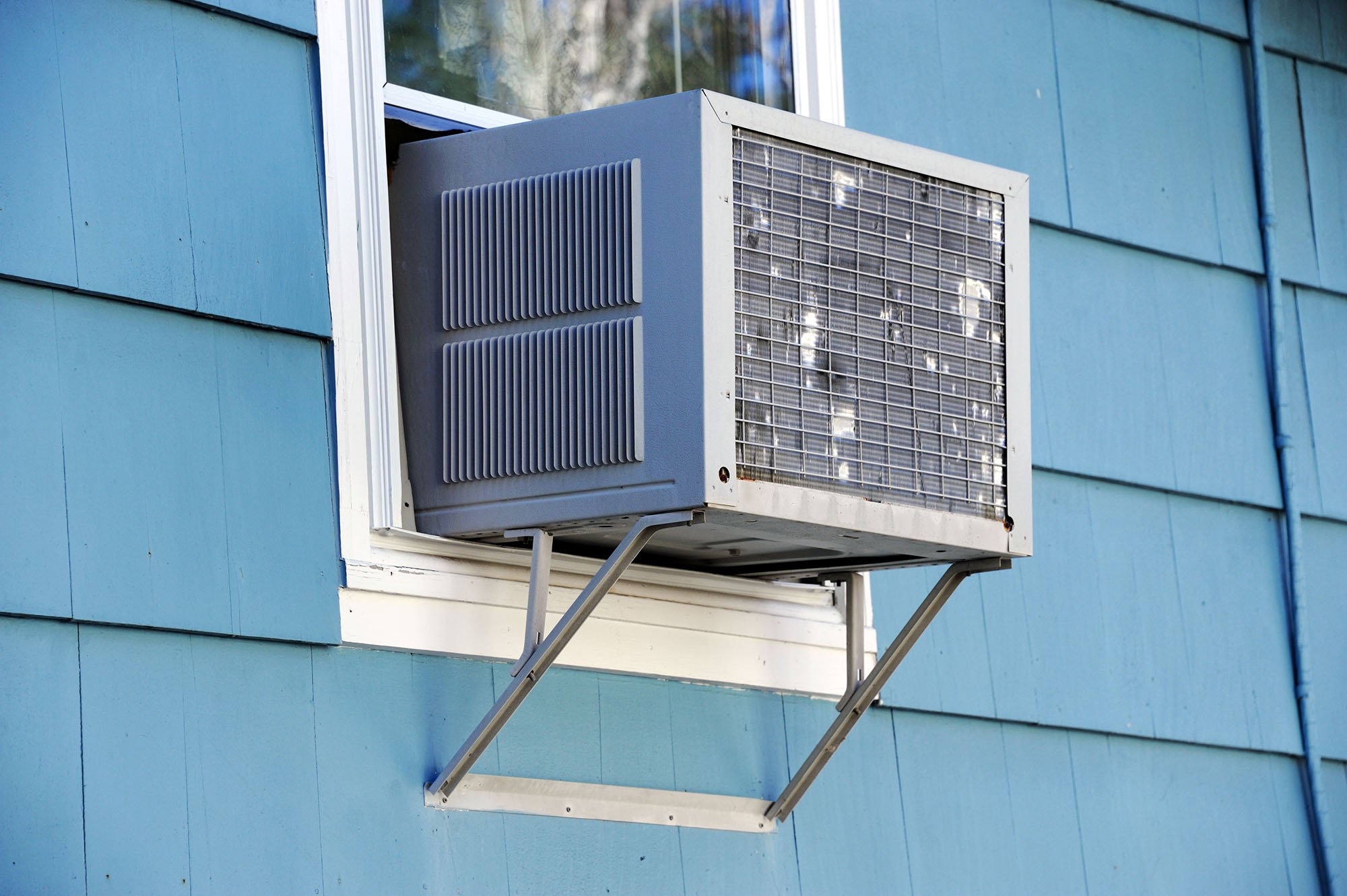When it pertains to designing architectural rooms, the old stating 'type complies with feature' holds true. However have you ever considered exactly how integrating cooling into architecture can raise comfort and performance at the same time?
The smooth combination of cooling down systems within the framework of a structure not only influences the owners' well-being however likewise influences the general sustainability of the framework. As you explore the detailed relationship between design and air conditioning, a globe of innovative remedies and sophisticated technologies awaits your discovery.
Secret Takeaways
- Energy-efficient systems boost comfort and sustainability.
- Integrated a/c boosts interior air quality.
- Balancing appearances and performance makes sure excellent design.
- Future fads focus on wise, sustainable cooling options.
Importance of Integrated Air Conditioning
When developing rooms, integrating cooling is crucial for making certain the most effective comfort and performance. Energy efficiency plays an important function in the style process, as it not just lowers functional costs but also minimizes the environmental influence of the building. By including energy-efficient air conditioning systems, you can create a sustainable and economical service that profits both the owners and the planet.

In addition, interior air quality is an additional essential factor to think about when creating with incorporated a/c. Appropriate ventilation and purification systems aid preserve a healthy and balanced interior atmosphere by minimizing pollutants and allergens. This leads to improved occupant health and productivity. air condition repair When selecting air conditioning systems, prioritize those that offer advanced filtration modern technologies to enhance the total interior air top quality.
Factors Influencing Layout Choices
Incorporating cooling into architectural styles calls for mindful consideration of different variables that affect layout choices. When including air conditioning systems, sustainability considerations are crucial to reduce the structure's environmental influence. User experience plays a considerable duty in establishing the efficiency and satisfaction with the cooling system.
- Power Efficiency: Sustainable design practices intend to lessen power usage, which not only profits the setting however additionally minimizes operational costs for the structure owner.
- Indoor Air Top Quality: Providing a comfortable and healthy interior setting improves the total customer experience, promoting efficiency and health.
- Looks and Integration: Integrating a/c systems flawlessly into the building layout guarantees that performance does not jeopardize the visual appeal of the area, improving individual fulfillment and total structure appearances.
Efficient Cooling Down Approaches for Buildings
To optimize cooling efficiency in structures, think about integrating easy design strategies together with air conditioning systems. Easy cooling strategies can significantly lower the requirement for mechanical air conditioning, leading to even more sustainable solutions for maintaining comfy interior temperatures. Design features such as shielding devices, all-natural ventilation systems, and thermal mass can help regulate temperatures without counting entirely on energy-intensive a/c. By purposefully placing windows to maximize cross air flow or utilizing reflective roof products to minimize solar warm gain, you can harness the power of nature to cool your building efficiently.
Along with passive methods, carrying out sustainable services like environment-friendly roof coverings or living walls can additionally improve cooling down effectiveness by giving insulation and minimizing warmth absorption. These features not just assist in keeping comfortable interior temperature levels however also contribute to a greener environment. By integrating passive cooling methods with sustainable services, you can produce a much more energy-efficient and environmentally friendly structure style that focuses on both comfort and preservation.
Balancing Appearances and Performance
Take into consideration the harmonious integration of visual aspects with practical aspects in your building style to assure a balanced and impactful result. When incorporating air conditioning systems right into your building style, striking an equilibrium between aesthetics and performance is vital to creating spaces that not only look excellent but additionally give perfect convenience for occupants.
To accomplish this equilibrium, keep the complying with points in mind:
- Mix the System with the Environments: Ensure that the air conditioning devices or vents effortlessly incorporate with the total aesthetic of the room, whether through concealed placement, ornamental covers, or matching colors.
- Focus On User Experience: Style the air movement and temperature control systems in a manner that focuses on the convenience and health of the occupants. Think about factors such as air distribution, sound degrees, and ease of usage to boost the total user experience.
- Include Lasting Practices: Choose energy-efficient cooling solutions that not just add to the visual appeal of the structure but additionally promote sustainability and reduce ecological effect.
Future Fads in Architectural Cooling
As you envision the future of building layout, remaining abreast of arising cooling patterns comes to be crucial for enhancing both kind and function within your projects.

The integration of smart innovations right into building air conditioning systems is set to change the method buildings are cooled. These systems use information and automation to maximize power usage, providing tailored convenience while lowering ecological influence.
Lasting remedies are also forming the future of building cooling. From passive design methods that make the most of all-natural air flow to ingenious cooling products that decrease the requirement for conventional air conditioning, sustainability is at the leading edge of cooling technologies. Architects are increasingly including green roof coverings, shading aspects, and thermal mass into their layouts to produce even more energy-efficient cooling systems.
Frequently Asked Concerns
Just How Does A/c Impact the Total Sustainability and Energy Performance of a Building Layout?
When you incorporate a/c into building layout, it affects sustainability and energy efficiency. Power consumption can rise due to cooling usage, impacting building performance. This increased energy need can have negative environmental effects, reducing general sustainability.
To mitigate these impacts, take into consideration incorporating energy-efficient HVAC systems, correct insulation, and passive air conditioning methods. Balancing convenience with energy effectiveness is essential for developing sustainable building styles.
Exist Any Type Of Regulations or Certifications That Architects Need to Consider When Integrating Cooling Into Their Styles?
When incorporating air conditioning into your designs, it's essential to take into account regulative demands like building codes and certification requirements for power performance. Fulfilling these guidelines guarantees that your task aligns with sector finest methods and ecological objectives.
Acquainting on your own with these guidelines will certainly aid you in creating sustainable designs that focus on convenience while likewise reducing energy usage. Remain informed and certified to deliver projects that are both comfy and eco-friendly.
Can the Placement of Cooling Units Impact the General Comfort and Capability of a Room?
When it pertains to air conditioning units, placement matters a great deal for your room's convenience and capability. Air flow is crucial, so prevent blocking vents or positioning units in tight corners.
Take into consideration how environmental pollution can affect your environment and aim for an aesthetically pleasing configuration that blends effortlessly with your spatial format.

Pay attention to where you place these devices to assure optimum comfort and performance throughout your space.
What Are Some Cutting-edge Technologies or Materials That Can Be Made Use Of to Boost Air Conditioning Solutions in Modern Design?
To boost a/c systems in contemporary style, you can check out smart controls and lasting products. Easy air conditioning techniques and using thermal mass are ingenious methods to enhance effectiveness and comfort.
Just How Can Architects Ensure That the Style of A/c Equipments Complements the Total Visual of a Building While Still Focusing On Capability and Convenience?
To assure the layout of cooling systems matches a structure's aesthetic, prioritize aesthetic assimilation and layout consistency. Incorporate energy-efficient innovations for performance. Stabilizing aesthetic appeals and capability boosts passenger convenience.
Stress seamless integration of a/c components right into the building design. By focusing on both visual appeals and power performance, architects can create a space that's aesthetically enticing, comfortable, and eco-friendly.

Conclusion
Overall, when making with convenience in mind, integrating cooling in architecture is essential. By taking into consideration factors such as reliable air conditioning techniques, balancing visual appeals and functionality, and staying ahead of future fads, engineers can produce rooms that aren't just visually attractive yet additionally comfortable for occupants.
It is very important to focus on the wellness and comfort of those that'll be utilizing the room, and incorporated cooling plays a vital role in accomplishing this goal.
